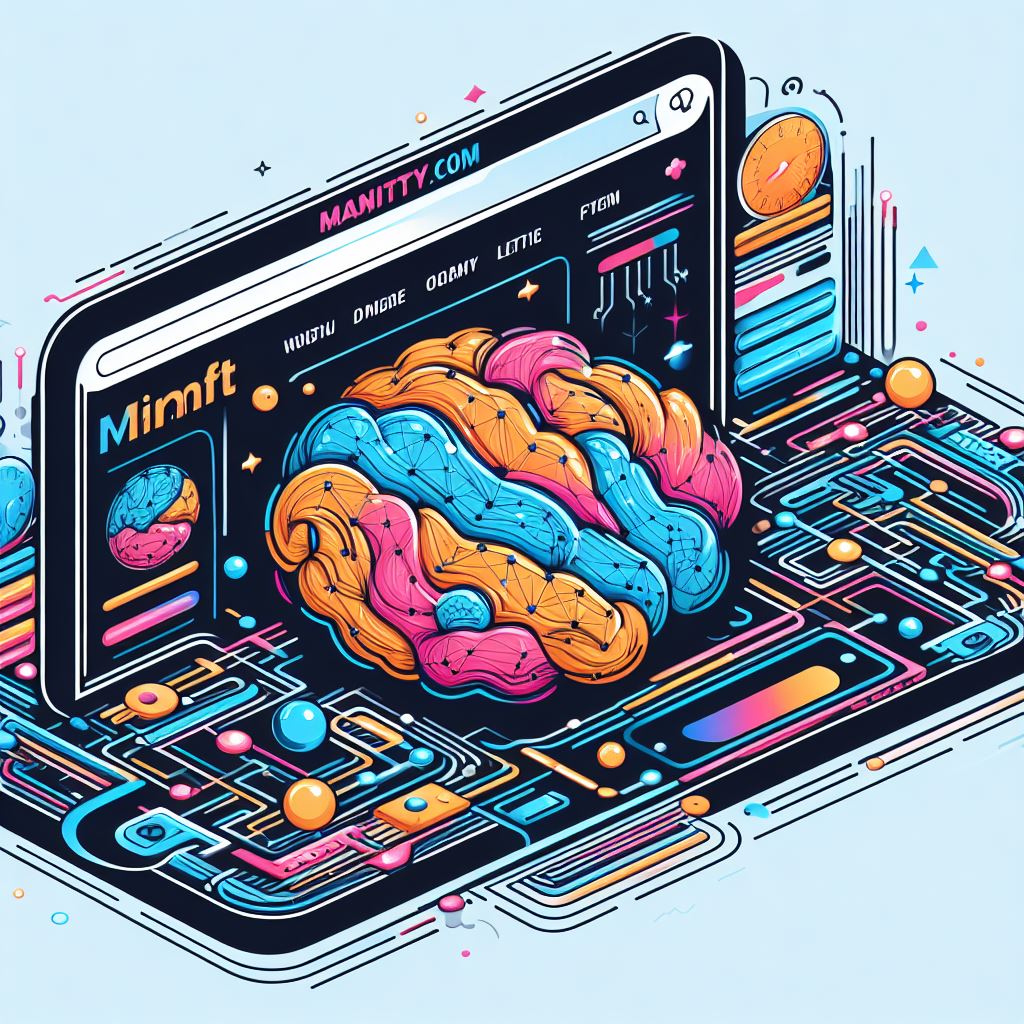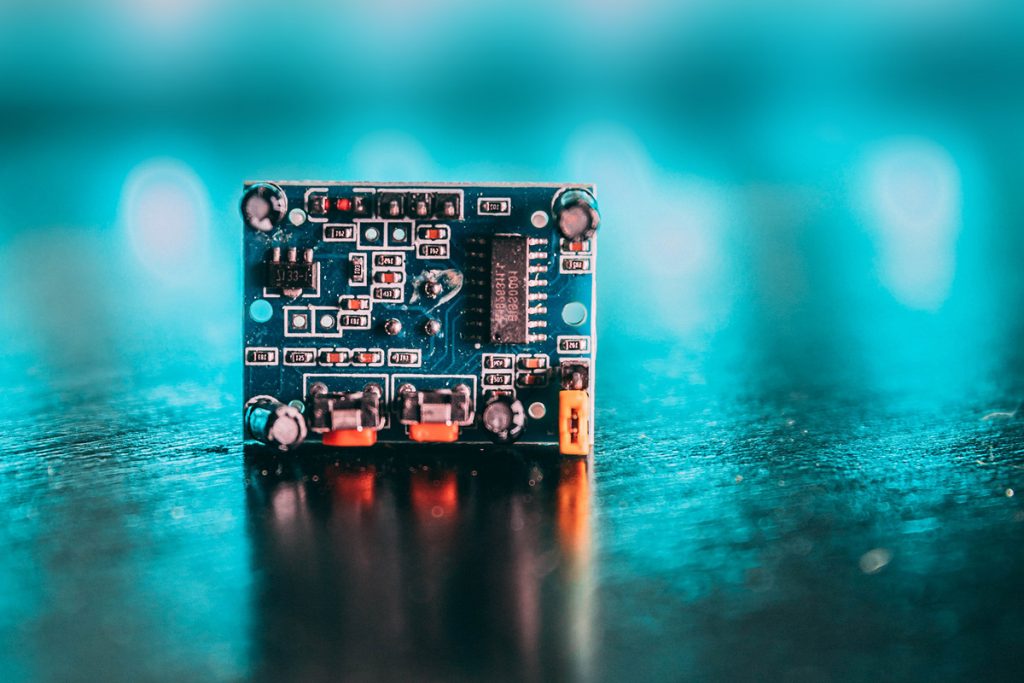
Have you ever wondered how your brain creates memories? The process of memory formation is a fascinating journey through time, as remembering means traversing the past. Memories are composed of various elements, including images, sounds, odors, and emotions, all of which result from different but interconnected mnemonic systems.
Memory creation involves three key stages: encoding, retention, and retrieval. Let’s dive into these stages to understand the intricate process of how memories are formed and stored.
Stage 1: Encoding – Linking Information to Previous Knowledge
The first step in creating a memory is encoding. This is where new information is linked with what you already know. This can be a highly individualized process. For instance, if you’re presented with the word “table,” you might encode it visually by focusing on its size and shape, or you might choose to encode it semantically, considering the word’s meaning and the emotions it triggers in you. The depth of encoding is crucial; the deeper you process a stimulus, the more enduring the memory trace will be.
Stage 2: Retention – The Art of Remembering
Once information is encoded, it must be retained in memory until needed. The quality of retention is influenced by the depth of processing. According to the “levels of processing theory,” encoding information based on meaning, or deep processing, leads to better retention. In practice, repetition, or reiteration, is a common strategy for storing information. It helps solidify the memory trace for easier retrieval.
Stage 3: Retrieval – Bringing Memories to Life
The final stage of the memory process is retrieval. This is when we actively bring information from our memory into an active state, allowing us to access and use it. Retrieval is the moment when memories come to life and become part of our conscious experience.
Now, let’s explore the chemical perspective of memory formation, which involves the incredible complexity of our brain’s neurons.
The Role of Neurons in Memory Formation
Neurons are the fundamental units responsible for transmitting signals within the nervous system. These remarkable cells have distinct regions, including the cell body, dendrites, axon, and synapses.
-
The cell body serves as the metabolic center of the neuron and contains the nucleus, where the genes for protein production are located.
-
Dendrites are like branches of a tree, extending outward to receive signals from other neurons.
-
The axon is the main conductor of electrical signals, known as action potentials, to other neurons.
-
Synapses, the connection points between neurons, play a pivotal role in memory formation.
At the synaptic level:
-
The presynaptic terminal contains vesicles filled with chemical neurotransmitters.
-
When an action potential travels along the axon and reaches the terminal, neurotransmitters are released through vesicular exocytosis.
-
These neurotransmitters then bind to specific receptors on the postsynaptic terminal’s membrane.
-
Depending on the type of neurotransmitter released, this binding results in changes in the postsynaptic neuron’s activity, either enhancing or inhibiting it.
In summary, memory formation is an intricate process that combines psychological and neurochemical elements. Memories are not just recollections; they are complex networks of information, tied to emotions and experiences. Understanding how memory works sheds light on the remarkable capabilities of the human brain.



